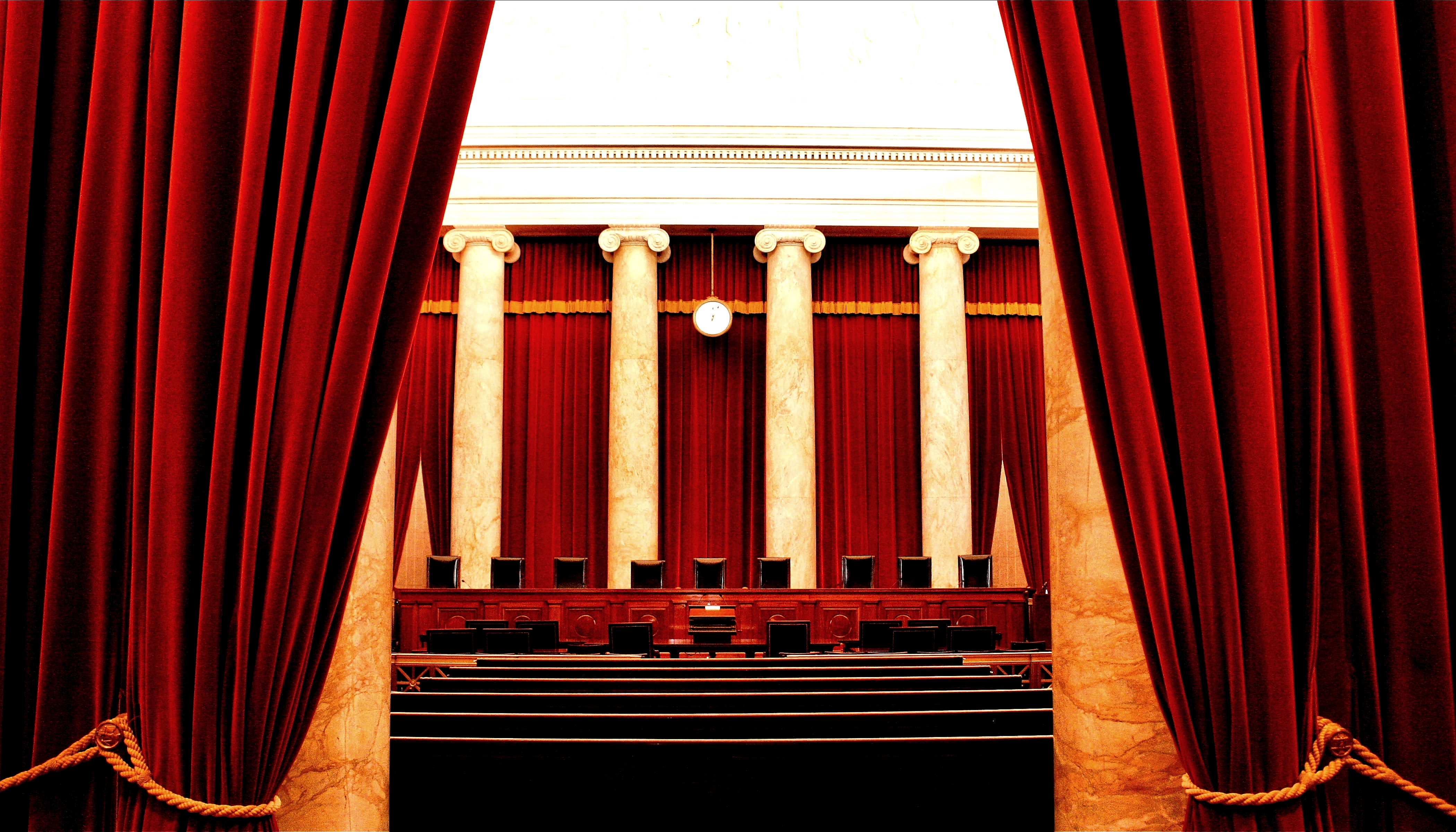
On December 13, the U.S. Supreme Court agreed to hear two cases: Trump v. Vance and Trump v. Mazars USA, the latter of which was consolidated with Trump v. Deutsche Bank AG. Both cases concern the release of personal financial records of President Donald Trump (R). As of December 18, the court had agreed to hear 63 cases during its October 2019-2020 term.
- In the case of Trump v. Vance, New York County District Attorney Cyrus Vance (D) opened an investigation into President Trump’s business dealings in 2019. In August, Vance served a grand jury subpoena on the Trump Organization, which in turn disputed the subpoena’s scope. Vance then issued a subpoena to the president’s accounting firm, Mazars USA, LLP (“Mazars”), and asked for personal records that included tax returns.
- On September 19, the president filed a complaint in the U.S. District Court for the Southern District of New York, arguing that the Mazars subpoena violated “the temporary immunity a sitting President holds under Article II and the Supremacy Clause of the Constitution.” He asked the court to issue an emergency injunction to stay the subpoena.
- On October 7, the Southern District of New York denied the president’s immunity claim and dismissed the complaint. The president filed a notice of appeal and an emergency motion to stay the subpoena in the U.S. Court of Appeals for the 2nd Circuit. The 2nd Circuit granted the motion, staying the subpoena.
- On November 4, the 2nd Circuit vacated the district court’s dismissal of the president’s complaint, affirmed the district court’s denial of a preliminary injunction, and remanded the case for further proceedings. President Trump filed a petition with the U.S. Supreme Court on November 14.
- The issue in Trump v. Vance is: Whether a grand-jury subpoena served on a custodian of the president’s personal records requesting the president’s financial papers and tax returns violates Article II and the Supremacy Clause of the Constitution.
- In the case of Trump v. Mazars USA, the U.S. House Committee on Oversight and Reform issued a subpoena to President Trump’s accounting firm, Mazars, on April 15, 2019. The subpoena requested financial documents from the president in his individual capacity and from his companies with a deadline to comply of April 29, 2019.
- Before April 29, President Trump and his business entities (“the plaintiffs”) filed a lawsuit in the U.S. District Court for the District of Columbia, asking the court to issue a declaratory judgment and a permanent injunction against the subpoena. The district court denied the president’s claims, granting summary judgment to the Oversight Committee.
- The plaintiffs appealed to the U.S. Court of Appeals for the District of Columbia Circuit, which affirmed the district court’s decision on October 11. On December 4, President Trump filed a petition with the U.S. Supreme Court.
- In the case of Trump v. Deutsche Bank AG, the U.S. House of Representatives Committee on Financial Services and the Permanent Select Committee on Intelligence issued subpoenas asking Deutsche Bank to provide financial records from President Trump in his individual capacity, his family members, and affiliated groups (“the plaintiffs”) on April 11, 2019.
- On April 29, the plaintiffs filed a complaint in the U.S. District Court for the Southern District of New York asking for a declaratory judgment and arguing that the subpoenas were invalid. The plaintiffs asked the court for a preliminary injunction, which the court denied. The plaintiffs filed a motion for an expedited appeal in the U.S. Court of Appeals for the 2nd Circuit. The 2nd Circuit affirmed the district court’s ruling. On December 6, President Trump filed an application to stay a subpoena pending the filing of a petition for a writ of certiorari.
- The issue in the consolidated cases of Trump v. Mazars USA and Trump v. Deutsche Bank AG is: Whether the U.S. House Oversight and Reform Committee, Financial Services Committee, and Intelligence Committee have the “constitutional and statutory authority to issue” subpoenas to President Trump’s accountant and creditors requesting Trump’s private financial records.
The Supreme Court of the United States is the highest judicial body in the country and leads the judicial branch of the federal government. The Supreme Court is the only court established by the United States Constitution (in Article III); all other federal courts are created by Congress.
The Supreme Court meets in Washington, D.C. The Supreme Court’s yearly term begins on the first Monday in October and lasts until the first Monday in October the following year. The court generally releases the majority of its decisions in mid-June.
Click here to learn more about Trump v. Vance.
Click here to learn more about Trump v. Mazars USA.
Additional reading:

